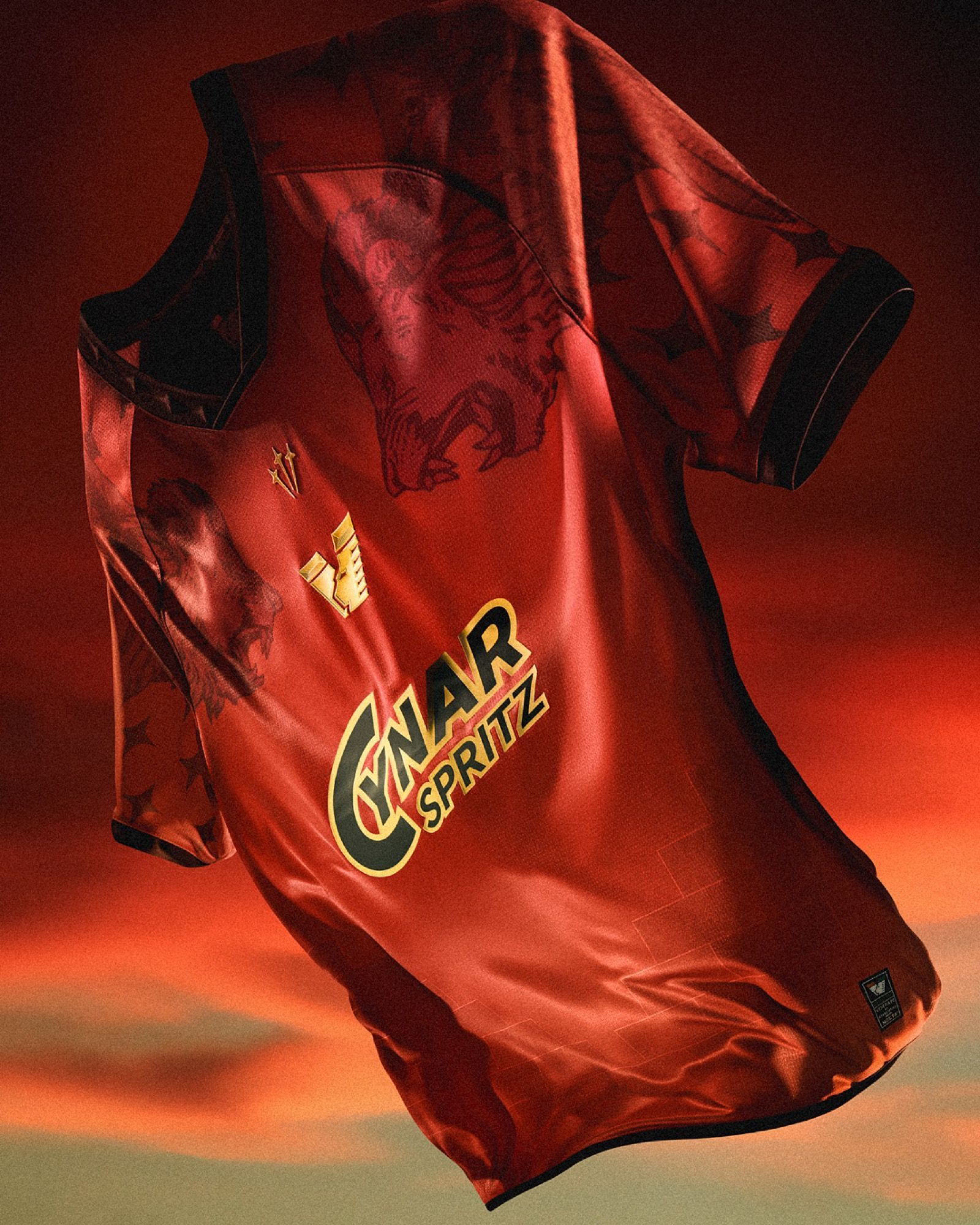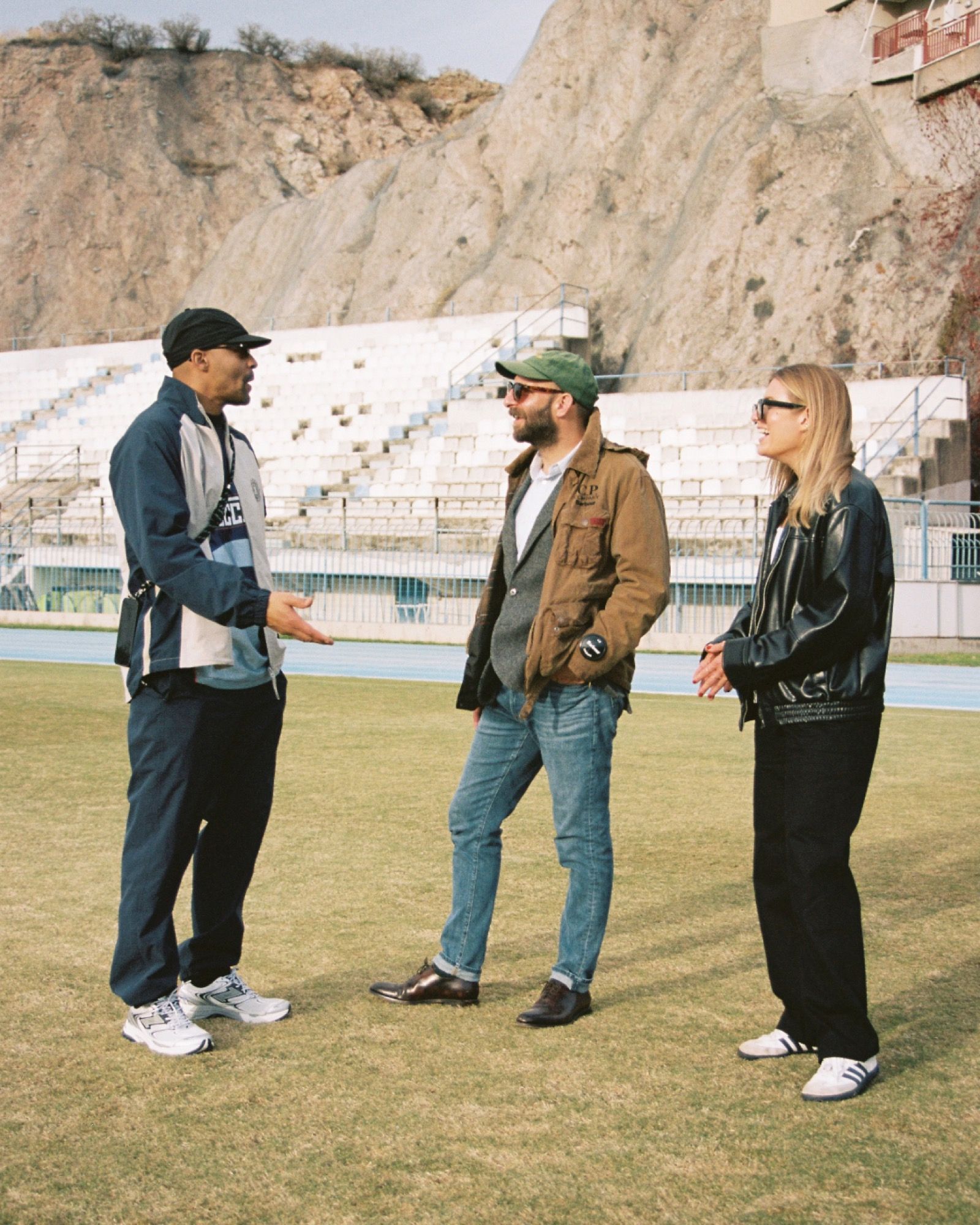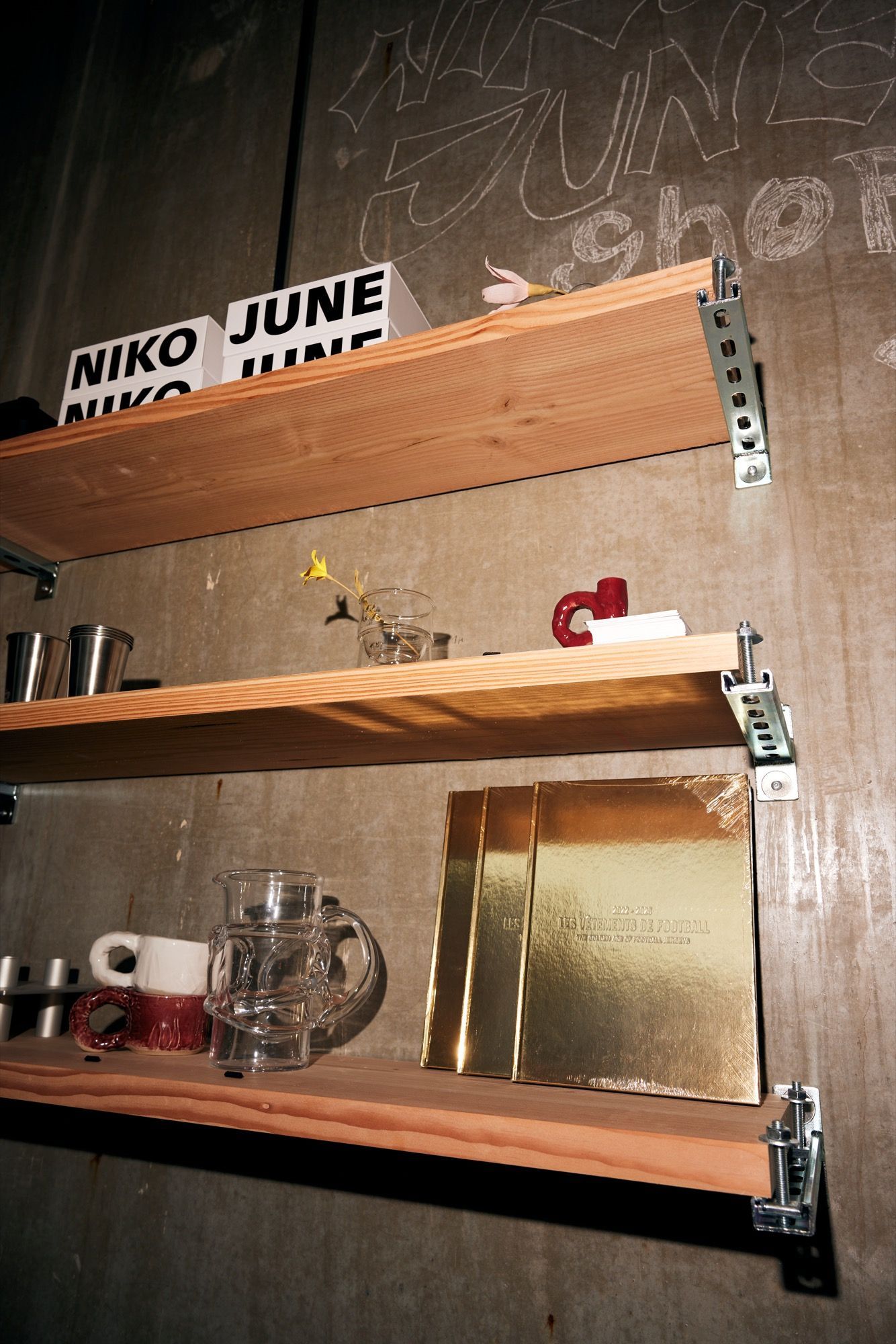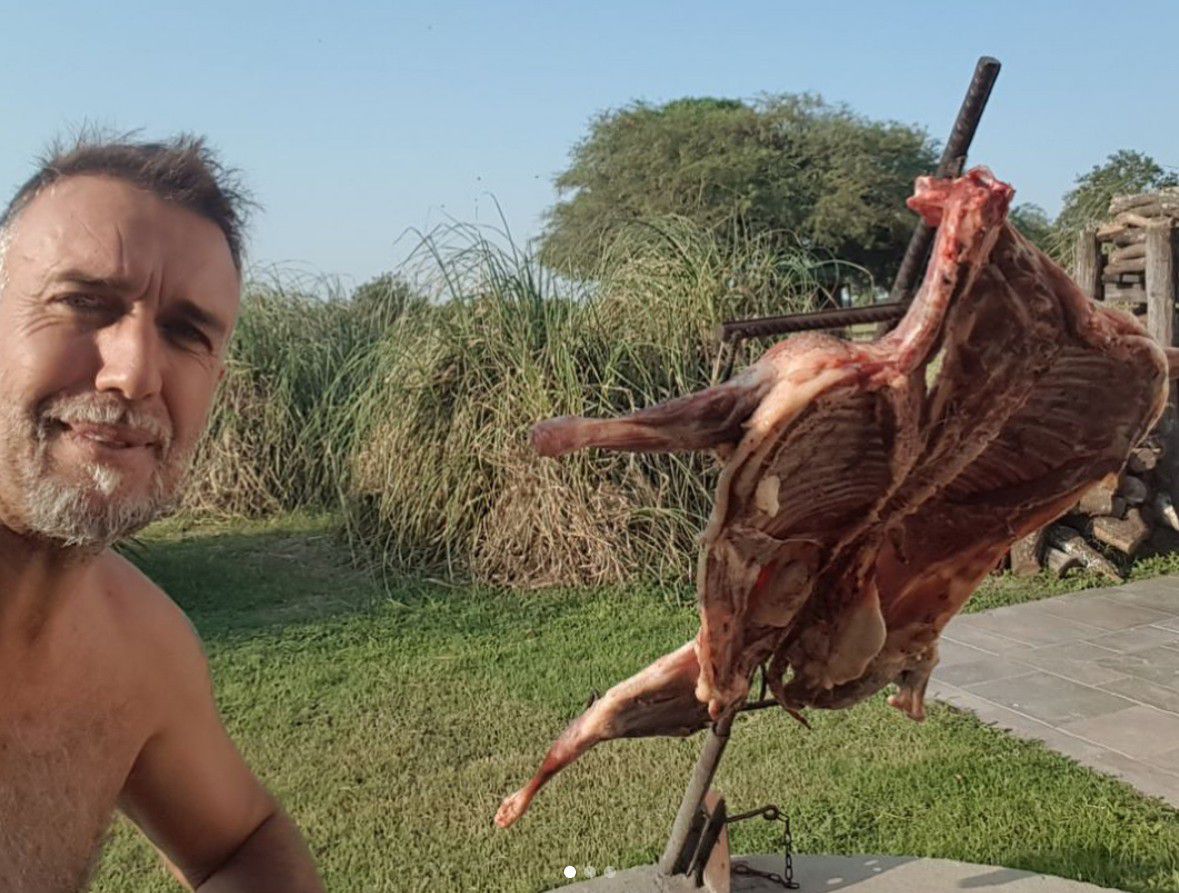
The passion of South American football players for asado A way to cook meat, a way of being together: a journey through the pampas of Argentina and the fields of Serie A
Imagine a day outdoors. Imagine friends, family and slow-cooking meat, while the rhythm of the day is punctuated by laughter and special scents. Asado is all this. Not a cut of meat, not a way to cook it. Or rather, not just this. The South American footballers know it well, having in fact imported this fashion in Serie A between team barbecues and stories on Instagram.
The asado's origins
Everything starts from Spain. The colonizers, having arrived in South America, transplanted the asado to the conquered territories and from there this way of cooking the meat made a breach in those territories, remaining anchored in the centuries-old tradition of three peoples in particular: Argentines, Uruguayans and Chileans. And in fact it is not uncommon to see the Nationals in question gather around the fire, wherever they are.
La selección uruguaya disfruta de un asado realizado por el chef, Aldo Cauteruccio, en la concentración celeste de Nizhny Novgorod. pic.twitter.com/gz8253sb92
— Selección Uruguaya (@Uruguay) 16 giugno 2018
The meat certainly was not lacking in the plains of South America, the gauchos had no choice but to do their best to raise cattle and feed their families. The gauchos themselves also had their own way of preparing asado, cooking it a la cruz (a method most often used for pork), that is, putting a metal cross in the ground and then lighting the fire all around it, in so as to let the meat cook slowly and evenly. Cattle in abundance, little else to eat: the gauchos had large quantities of beef, which they placed on the grill and prepared with skill. All accompanied by vegetables, another food that certainly was not lacking in pampas.
How to prepare
The preparation of asado is usually entrusted to a single individual, named for the note asador. A not inconsiderable responsibility, so much so that at the end of the meal, if this was to the liking of the diners, the latter shout un aplauso para el asador!
Maggio and Britos have received the applause at the end of their asado?
Moving on to the more technical side of the asado, the latter, as mentioned, is characterized by some fundamental aspects such as slow and uniform cooking. Furthermore, the cuts are large (usually the real one is used as a broth) and the meat that is usually chosen is beef, but the other types (pork, lamb, etc.) are also fine. And to make the meat more tasty, before putting it on the grill it is massaged with coarse salt.
Beef asado is also accompanied by other varieties: sausages (chorizos), entrails (entrañas) and blood sausages (morcillas). Finally, everything is served with the chimichurri, a green sauce based on parsley, chilli and garlic.
Socialize and regroup: the asado in Serie A
«I gave up football because I prefer beer and asado»: word from Pablo Daniel Osvaldo, one who certainly tasted both high-level football and asado in its best version. However, it is not always necessary to choose between one and the other. On the contrary: they have often gone hand in hand, even in our league.
Questa sera grigliata Argentina.. Un grazie speciale ai cuochi del #PortenoArena @fguarin13 @Mateo_k10 @23_Frog pic.twitter.com/PWvFGYYj2a
— Danilo D'Ambrosio (@ddambrosio) 12 luglio 2015
The various South American colonies have certainly played their part: the Inter of the Argentines, but also Britos' Napoli, Ledesma's Lazio, Giacomazzi's Lecce. And several times, when you come across crossover articles between football and asado, the recurring theme is just one: regrouping. The asado, as previously mentioned, is an opportunity to get together, to "group" as they say in the jargon, and the group is one of the fundamental aspects of every team sport. Its social function is precisely this: to create empathy, spending all the time necessary for the correct cooking of the meat. And as we have seen, it takes a lot of time to cook the asado.
From South American pampas to Serie A fields, this way of being united and cooking meat has spanned the centuries and continues to be appreciated all over the world. Waiting to find out if, after the triple whistle that marks the end of the barbecue, the asador will receive the very desired applause.


























































